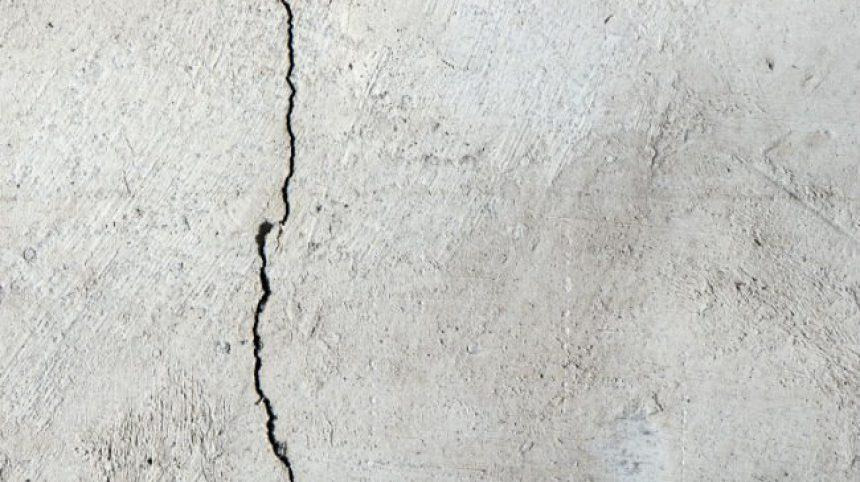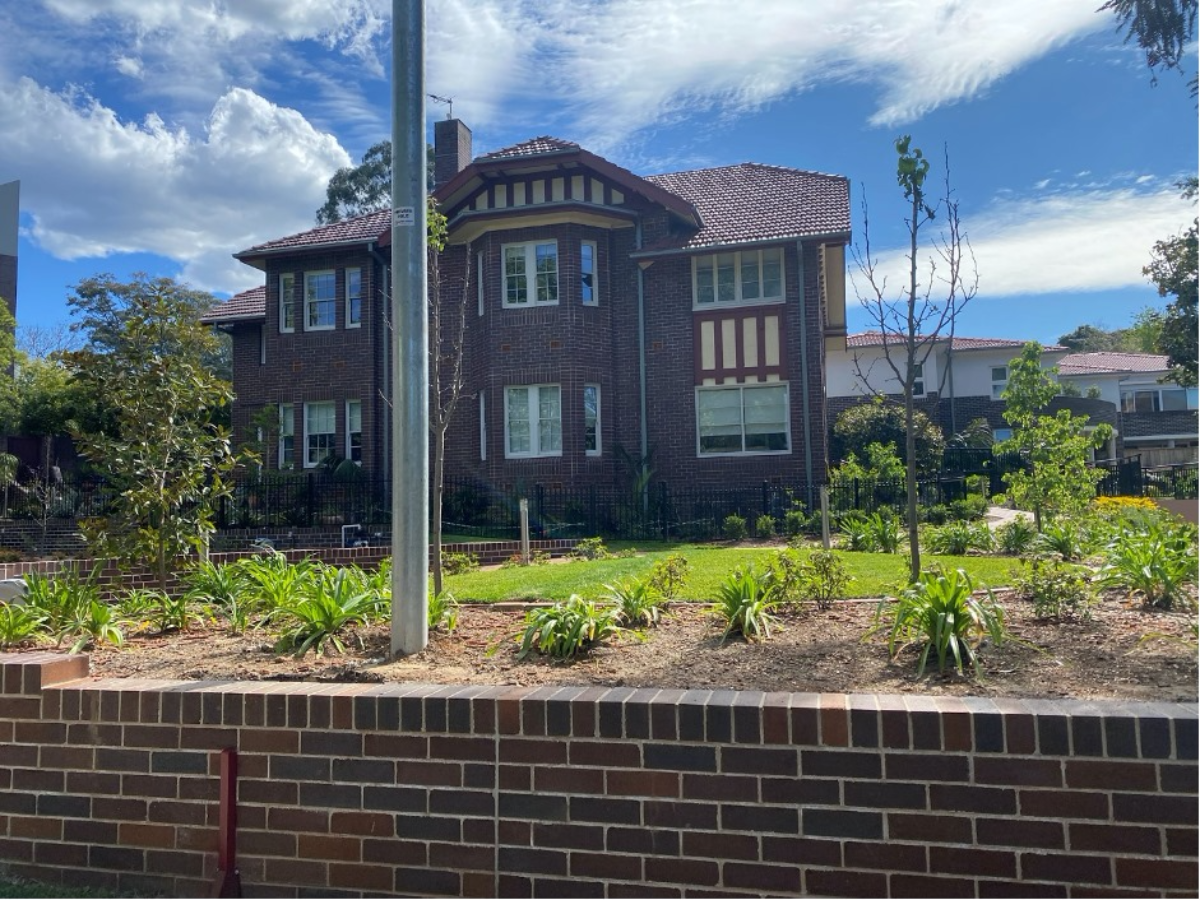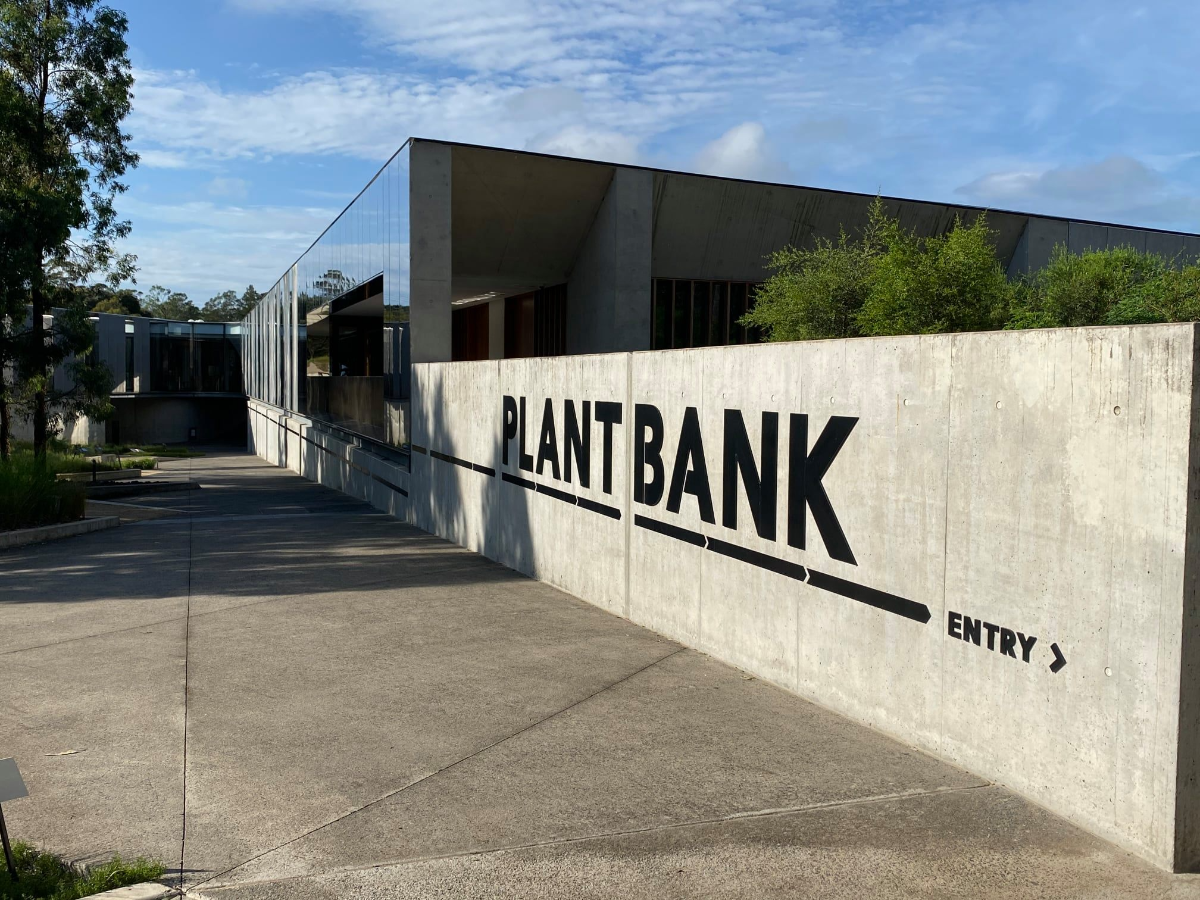
- November 10, 2021
- Effective Building
- 0
Why Does Concrete Crack?
Concrete cracks for a variety of reasons, the most frequent of which is the drying shrinkage.
When concrete is placed in its plastic condition, it has the most volume. The concrete begins to shrink as it sets and hardens. Concrete shrinks 1/8 inch every twenty feet on average.
Concrete is usually made for compressive strength and has a much lower tensile strength. A crack can form if the internal tensile stresses are more significant than the concrete’s tensile strength.
Excess Water
Cracking can also be exacerbated by too much water in the concrete mix. Avoid adding too much water to the concrete mix before pouring it.
The excess water will evaporate from the concrete, causing it to shrink more. Make sure you select the right concrete mix for this.
Poor Sub-Grade Preparation
Preparing the sub-grade is crucial to laying a solid foundation for your new concrete. The subgrade should be smooth, consistent, drainage-friendly, and frost-free.
Concrete can settle and break if it is not properly supported. As the concrete shrinks, a smooth sub-grade will decrease any constraint, lowering the risk of cracking.
Improper Curing
Concrete curing is also important for preventing cracking at an early age. Curing is the process of preserving concrete moisture by preventing it from evaporating too quickly.
When concrete loses moisture from its surface too quickly, it shrinks (faster than the concrete beneath the surface), resulting in map cracking. This is usually a cosmetic issue that has little bearing on the concrete’s structural integrity.
In some circumstances, failure to cure can result in more serious cracking that will need to be repaired. Curing the concrete is always a good idea because it enhances its overall strength and helps prevent other surface flaws like scaling.
What Are Contraction Joints?
Because concrete cracks at random, we incorporate contraction joints to try to control where it cracks. Joints are manageable and far less noticeable than a random crack.
Plastic or hardboard prefabricated strips saw cuts or tooled in the plastic concrete can all be used to create contraction joints.
For good performance in preventing random cracking, the location and depth of these joints are crucial. Based on the slab thickness, calculate where the joints should be put. The maximum distance between joints is 18 feet.
Keep in mind that the joint patterns’ length to width ratio should not exceed 1.5. It’s preferable if you can maintain the “panels” as square as possible.
Depth of Joints
The thickness of the construction joints must be 1/4 the thickness of the concrete slab. You are creating a plane of weakness by jointing the concrete.
Where the concrete will crack should be determined by this plane of weakness. If you’re going to use a hand tool to join the concrete, be sure the edge isn’t worn and that it’ll give you the full depth you need.
Timing of Jointing
Concrete should be joined as immediate as possible. The benefit of utilizing a preformed plastic or hardboard strip is that it may be embedded in the concrete while it is still plastic. These strips must be appropriately aligned and not slanted. A random crack can occur if the piece is not correctly installed.
Another excellent form of jointing is hand tooling. However, it is not always possible. When finishing with a hand tool, make sure to tool the joints after each pass.
If the joints are to be cut using a saw, the cuts should be done as soon as the concrete can bear the sawing without raveling. Keep in mind that the longer you wait to cut the joints, the more likely they will crack.
The sawed joint will be useless if a fracture develops before the concrete is sawed. Concrete should be sawed within the first 6 to 18 hours of curing. Do not delay for more than 24 hours.
Cutting may be achievable within a few hours of installation if an early entry saw is used. According to research, the depth of the saw cut is less relevant than the timing of the cut. Although cutting to a shallower depth is possible, industry standards still suggest cutting to a depth of 1/4 the slab thickness.
Don’t Forget to Cure
As previously stated, appropriate curing is critical for long-term durability. After completing the concrete placement, contractors usually start the curing process by applying a curing agent.
Moist curing can help to keep the curing process going by keeping the newly laid concrete moist. The typical moist curing time is seven days. However, the longer the concrete is left to cure, the better.
Continuous spraying/fogging or a wet coating are two of the most prevalent ways of moist curing. If adequate coverage is supplied and water run-off is not a concern, spraying/fogging can be done using a standard lawn sprinkler.
Soil-soaker hoses are also great for curing. Burlap or cotton mats are ideal if you want a moistureretaining fabric.
To avoid surface damage, they should be placed on the concrete as soon as it has adequately set. The covers should be kept moist throughout the curing phase, and a layer of water should stay on the concrete surface.
Sealing Joints
While it is not always necessary to seal joints, doing so can protect them against surface water penetration and incompressible materials. Infiltration of surface water can cause sub-grade collapse, and incompressible materials in the joint can cause spalling.
Any sealant application should be postponed until the concrete has shrunk completely. Sealant materials must adhere to the concrete, be waterproof, and withstand expansion and contraction.
Suppose you are planning to work on multi-story units. In that case, you may find yourself wondering if you should Read more
Heritage buildings represent the history and culture of a nation. They constitute together the architectural heritage of an area. Heritage Read more
The Australian PlantBank is a remarkable new plant conservation laboratory at The Australian Botanic Garden in Mount Annan. It is Read more





